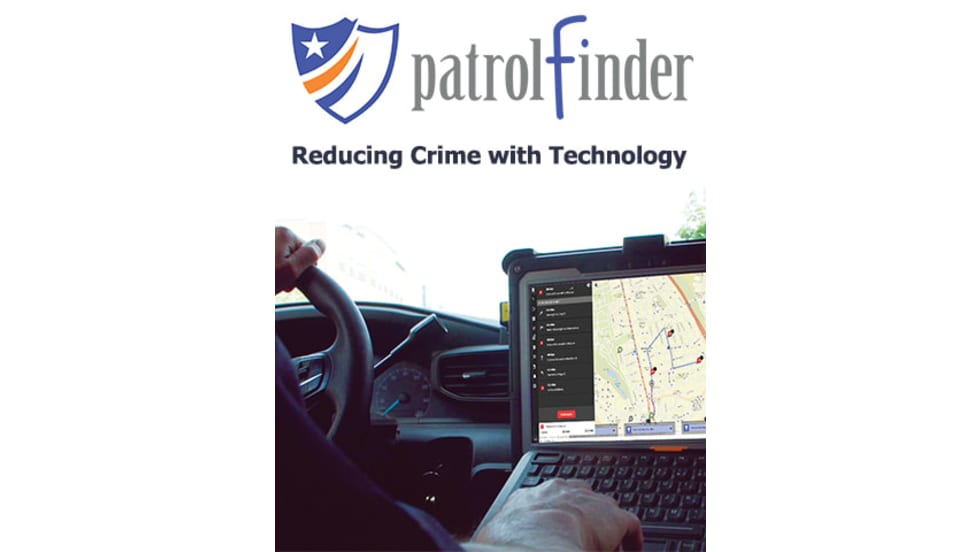Here, the courts have upheld marijuana-trained dogs, even in states where marijuana is legal. The rulings find the scent of marijuana establishes probable cause to a dog because a dog can also smell cocaine, heroin and methamphetamines. “There would be a fair probability that these odors are also present,” he says.
However, the Supreme Court of Colorado and the State of Oregon have rejected this premise. “They have said that a marijuana-trained dog could not establish probable cause for someone over the age of 21, because in those states you can possess marijuana without restrictions,” he says. “But so far, every other state has upheld it.”
Another emerging concern is the growing legal ambiguity between marijuana and its legal cousin, hemp. Both marijuana and hemp are from the same cannabis family, Kmiecik explains, and share similar odor profiles, which some say could confuse a trained drug dog.
However, recent studies, such as one conducted by Florida International University (FIU), found that most dogs can differentiate between the two substances after just a few training sessions, even though both substances contain THC. Kmiecik says this research challenges assumptions that dogs are simply alerting to THC. It shows dogs can differentiate between the two based on the odor composition and its volatile organic compounds.
This development is crucial for law enforcement agencies because hemp is legal federally. Kmiecik advises agencies to meticulously document training distinctions to show that their dogs can reliably differentiate marijuana from hemp.














